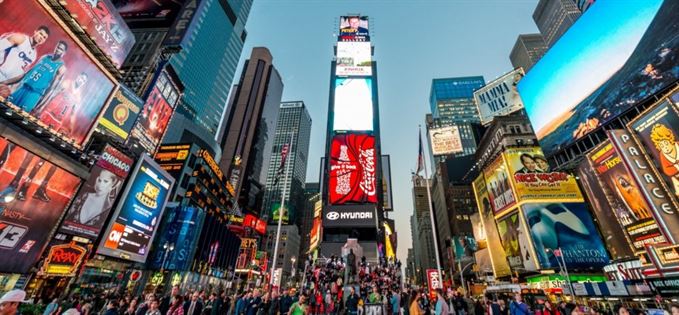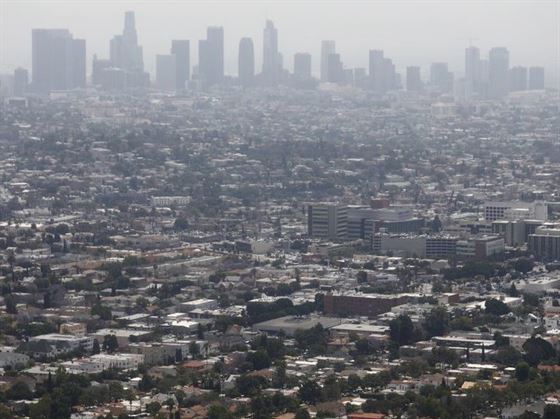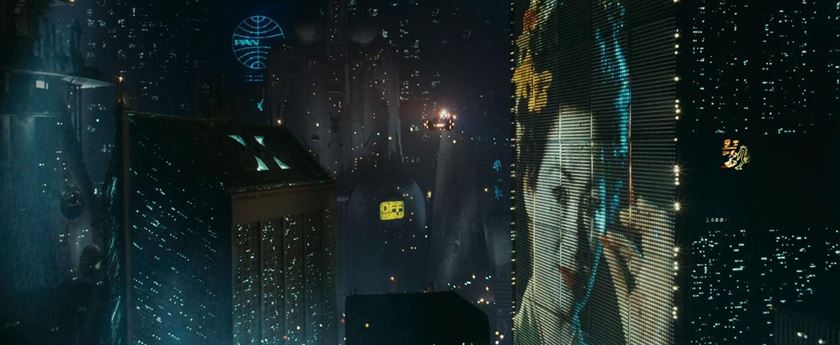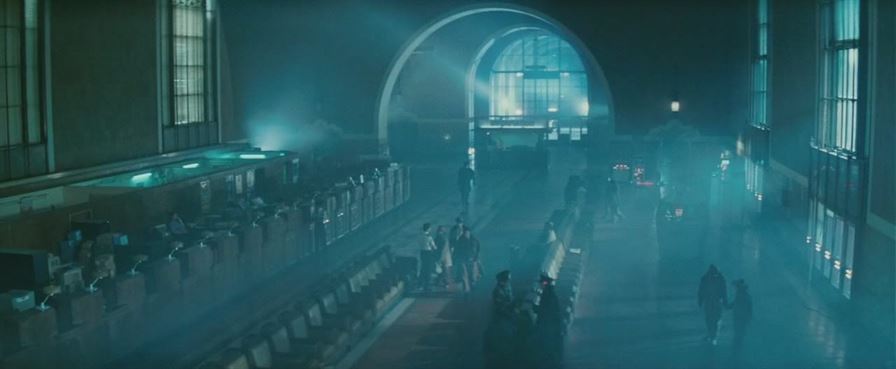Pollution and clutter fill the crowded streets. Sprawling billboards stretch across the long faces of buildings, illuminating the ground far below. Corporations are looming over every strip of the city. A change in climate has made much of the Earth uninhabitable. This is the November of 2019 that Ridley Scott depicts in the 1982 film, “Blade Runner.” Strangely enough, the 2019 of today does not stray too far from some aspects of the world in the movie.
“Blade Runner” finds beauty in depicting a world that suffers from many of the problems we face today. It finds pleasantness in the imperfections of the world that are in large part caused by humans. Its ability to attempt to warn of the dangers of human behavior assist “Blade Runner” in retaining its relevance in culture to this day.
Illuminated billboards crowd countless frames in the film, representing the ever-present and intrusive nature of corporations in society that not unlike the scene, one would find stepping foot into Times Square in New York. The stunning postmodern architecture that fills the landscapes of “Blade Runner” is constantly hidden under a blanket of advertisements, causing those in the world to neglect the beauty in the environment that surrounds them.
Mike Sano, a senior at Montclair State, reflects on what he took away from the movie.

Electronic billboards fill Times Square in New York City. Photo courtesy of Times Square District Management Association, Inc.
“The beauty of the architecture is clouded by obnoxious, bland ads,” Sano observed. “As for today, all of these things are happening; not as rapidly as it happened in the film, but we’re getting there.”
Although beautiful, Sano also describes the architecture in the film as extremely cluttered.
“[The architecture] takes away from the personal, individual human experience,” Sano said. “It’s no longer about having positive mental health, it’s about using what you see to sell you things.”
Now, more than ever, corporations are bounding further away from serving the needs of individuals. With constant buyouts and mergers, we are seeing the number of corporations dwindle while the survivors grow larger by the day. This is reflective of the world in “Blade Runner.”
The Tyrell Corporation is, in part, everywhere in the world of this story. The same couple of advertisements are depicted on the billboards every time they are on screen. When we open up our computers or turn on the TV, we see the same cycle of commercials and advertisements, tailored to our unique selves.
Lilly Rapps, a sophomore at Montclair State, reflects on what she finds most striking about what “Blade Runner” accurately depicted about 2019.
“The best prediction by far was the electronic billboards and how society relies so heavily on the advertisement industry,” Rapps said.
The society in the film and the one in which we live, embrace what advertisers push onto us, to the point where the advertisements influence people more than people influence the ads. People are now a product of the products they are consuming.
Sano also notes that the cluttered feel of the city and the intrusive nature of corporations and advertisements in the film’s world “take away from the personal, individual human experience.”
The human experience is a motif that the story of “Blade Runner” revolves around. The audience is constantly forced to ask themselves what being human actually means. The replicants, bioengineered individuals that are identical to humans, saved for their “lack of emotion,” show time and time again throughout the film that there is a profoundly blurred line between being human and being less-than.
Our Nov. 2019 bears some resemblance to the likes of that in the film “Blade Runner.” Nearly forty years ago, the film warned against many of the dangers that our society continues to face. It is time to remember to embrace the human experience before all of our moments are “lost in time, like tears in the rain.”
#FocusClimateChange is a School of Communication and Media-wide project that focuses on how climate change affects our world on local, national, and international scales. To see all pieces of work related to #FocusClimateChange, please visit focusclimatechange.org.





